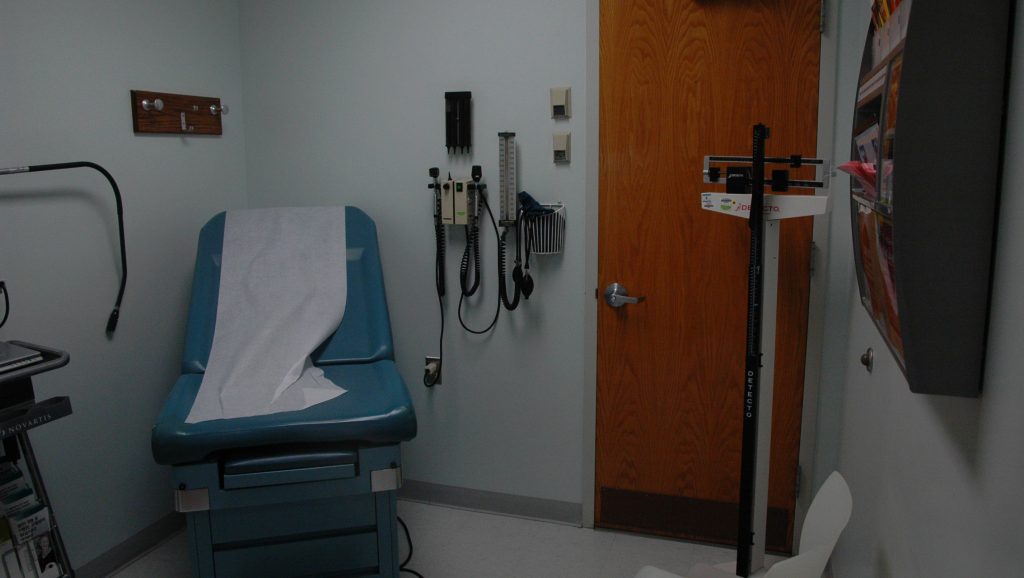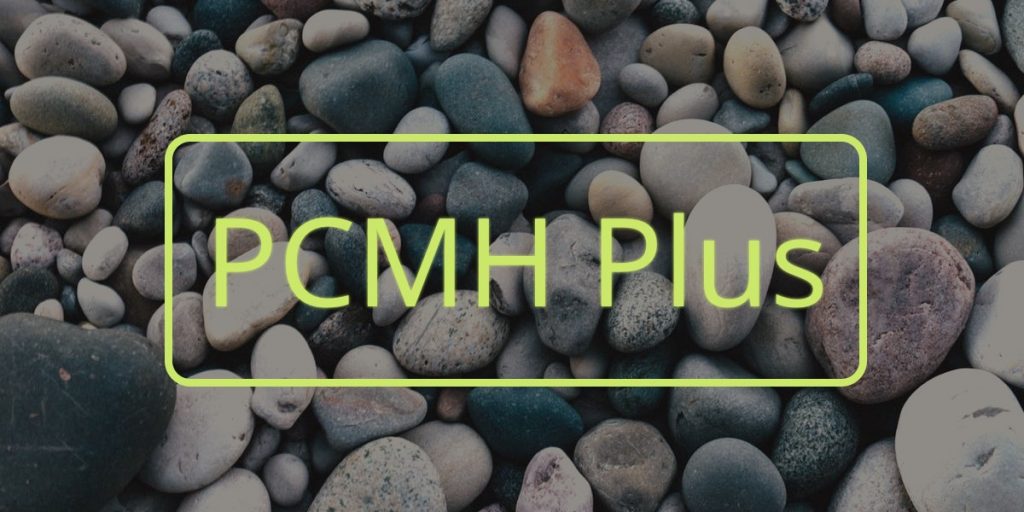PCCM
PCMHs in CT – not the “shiny new toy” anymore but moving forward improving care, controlling costs
Ten years ago, patient-centered medical homes (PCMHs) were exotic in Connecticut. PCMHs are one of the best documented innovations to improve health. PCMHs are primary care practices that help keep people well by assessing needs, coordinating care, and giving people the skills and resources to maintain their own health. As a nurse managers told me,…
Read MoreAdvocates offer recommendations for Medicaid shared savings future
The first year of Connecticut Medicaid’s PCMH Plus experiment in shared savings was disappointing. The program cost the state at least $1.3 million extra tax dollars and quality did not improve compared to Medicaid members outside the program. Every Accountable Care Organization (ACO), regardless of savings or quality improvement, was rewarded with a payment. The…
Read MoreCTNJ op-ed – Advice From an Advocate to the Next Social Services Commissioner
Welcome, you have a big job ahead of you. Connecticut’s Department of Social Services (DSS) is a huge agency, spending $8.4 billion this year for programs that impact many lives. As a healthcare advocate who has spent decades trying to move your agency and your predecessors, with mixed results, you have a difficult job. Luckily…
Read MorePCMH+ update: discussions ongoing to fix problems
At yesterday’s MAPOC Care Management Committee meeting, DSS and Mercer reported on their plans for PCMH+, the controversial shared savings Medicaid program. A workgroup has been meeting at DSS to drill down on what didn’t work. DSS has lobbied the Governor to include a new Wave 3 to update the current program in his budget…
Read MoreSeven years later, Connecticut Medicaid still saving taxpayers money
Download the report As with most health care in Connecticut, Medicaid spending was rising quickly before 2012 growing by almost half over the prior four years. But in 2012, Connecticut made a remarkable and unique move — Medicaid switched from a capitated payment model using private insurers to a care coordination-focused, self-insured payment model. Since…
Read MoreMedicaid update: Quality was rising through 2016, raising concerns about PCMH+
Friday’s MAPOC meeting focused on Medicaid quality and access information from CHNCT, DSS’s administrative contractor for the program. Across the 12 (of over 100) quality measures chosen, there was modest but sustained improvement from 2014 through 2016. However community health center performance consistently lags behind other PMCH practices across the quality measures. Of particular concern…
Read MoreConnecticut’s Medicaid redesign update– Pros and Cons
Connecticut’s Medicaid program has earned national recognition for combining improved access to high quality care with an impressive record of cost control. Shifting the program from a financial risk payment model to care coordination through person-centered medical homes (PCMHs) four years ago is widely credited with that success. Last year the administration began developing…
Read MoreWall Street Journal article celebrates CT Medicaid success after move away from private insurers
On page 3 this weekend, the Wall Street Journal highlighted CT Medicaid’s success controlling costs and improving care by bucking the usual trend. Four years ago CT moved away from private insurers to run the program ourselves – and that has made all the difference. “’Been there, done that and it didn’t work,” says Robert…
Read MoreAdvocates’ guide to underservice recommendations
SIM is seeking to radically transform our state’s $30 billion health system and has chosen a shared savings payment model for those reforms. Advocates are concerned about incentives to deny necessary care under the new payment model, as happened in the past. SIM’s Equity and Access Council was charged with developing protections to limit and…
Read MoreCT’s Medicaid success: Access and quality are up, costs are down
Since 2012, when CT’s Medicaid program shifted from a capitated payment model to a self-insured model based on care coordination, the program has enjoyed significant improvements in quality, access and cost control, as predicted. A new analysis finds that the number of providers participating the in the program is up 32%, person-centered medical homes are up…
Read More




